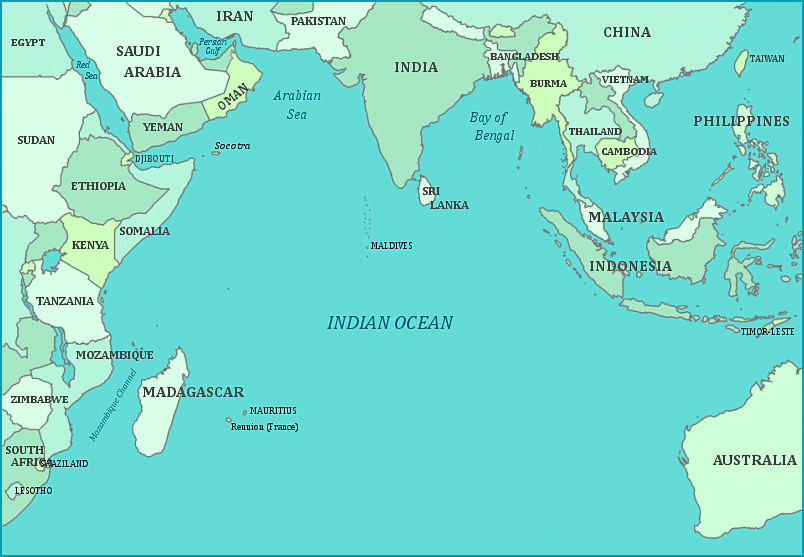I found a shop in the nearby Seeb Souq that sells workout equipment. It is located on the second floor of Seeb Mall, tucked behind shops selling brightly colored, sequined dresses. The shop was crowded with treadmills, weight machines, stacks and stacks of roller blades in boxes, ping pong equipment and pool cues, several varieties of slimming attire (sauna suits, form fitting undergarments, fat burner belts), and shapeup shoes. It was an eclectic mix of items. I bought a tower that can be used for pullups, dips, pushups, and situps and had to wait for about twenty minutes for the long salesman to finalize my purchase. It was a Friday evening and a steady stream of people came in and out, many of them buying things.
As I sat there waiting, an Omani man walked in with his two small sons, dressed in identical jeans and plaid shirts, and probably aged 5 and 3, though I am bad at guessing kid's ages. He was looking to buy a treadmill. As he talked to the salesman, the boys wandered dreamily around the store, climbing on equipment and chattering to each other. The older one walked past me without making eye contact and casually touched the top of my hand. I was very shocked and looked up at his father with a mixture of surprise and amusement on my face. The father did not look amused.
"Apologize to her!" He said sternly. His son looked at the floor and tried to disappear. "You insulted her. Give her a proper greeting and then apologize to her." The boy approached me, eyes still glued to the floor and whispered a soft apology. "Say it boldly!" His father bellowed. The boy realized he had better do it right, or his father would make him do it again and again, so he looked me in the eye, stuck out his hand to greet me and then apologized loudly. His father nodded and said to me in English, "He said sorry."
As I sat there waiting, an Omani man walked in with his two small sons, dressed in identical jeans and plaid shirts, and probably aged 5 and 3, though I am bad at guessing kid's ages. He was looking to buy a treadmill. As he talked to the salesman, the boys wandered dreamily around the store, climbing on equipment and chattering to each other. The older one walked past me without making eye contact and casually touched the top of my hand. I was very shocked and looked up at his father with a mixture of surprise and amusement on my face. The father did not look amused.
"Apologize to her!" He said sternly. His son looked at the floor and tried to disappear. "You insulted her. Give her a proper greeting and then apologize to her." The boy approached me, eyes still glued to the floor and whispered a soft apology. "Say it boldly!" His father bellowed. The boy realized he had better do it right, or his father would make him do it again and again, so he looked me in the eye, stuck out his hand to greet me and then apologized loudly. His father nodded and said to me in English, "He said sorry."
